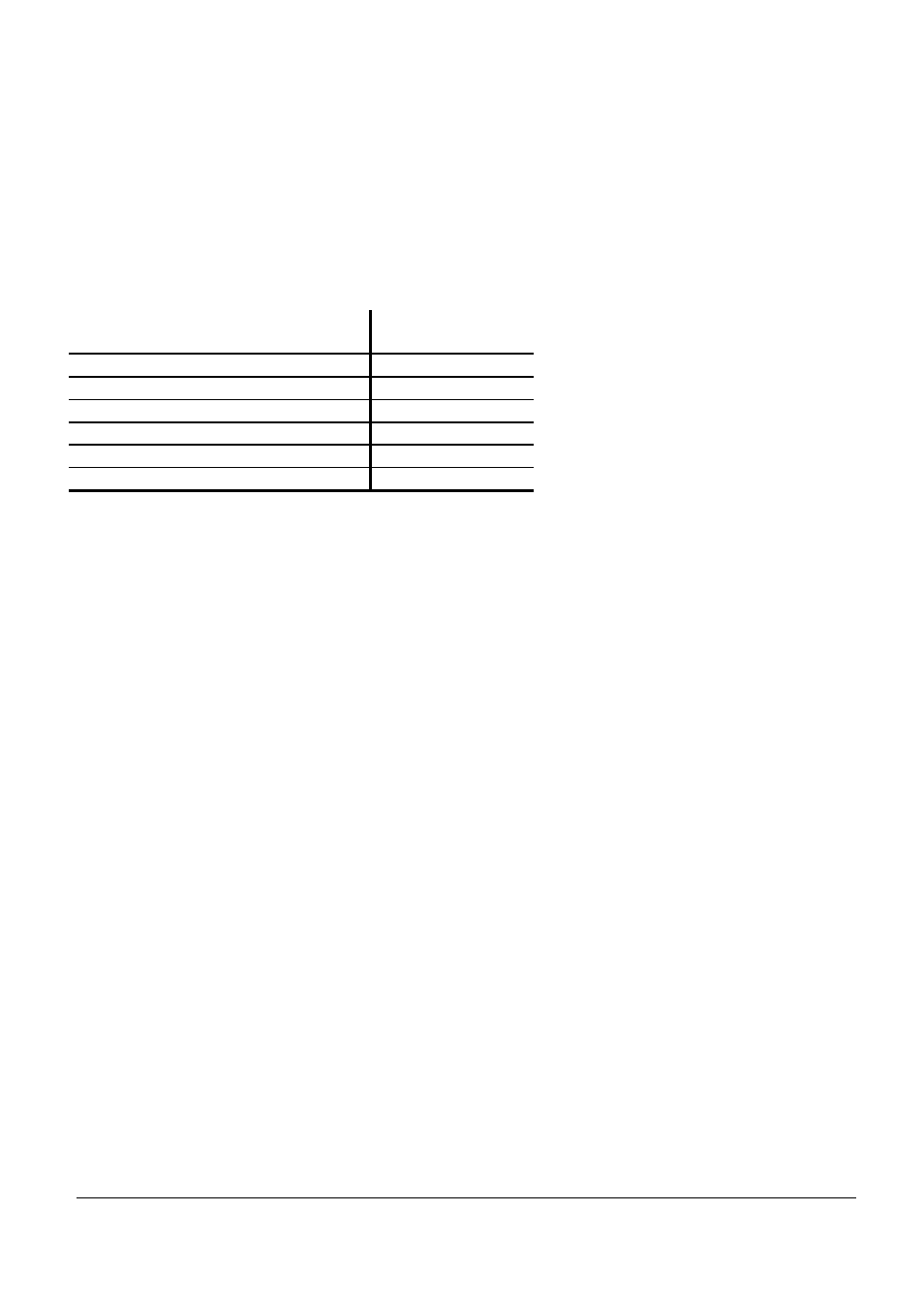Data interface functions, 1 saving/reading files, 3 data interface functions – HEIDENHAIN TNC 306 Technical Manual User Manual
Page 427

8-14
TNC 406/TNC 306
2 TNC data interfaces
3/97
2.3 Data interface functions
The data interfaces on the TNC can be used to save data and files and read them back in again, to
output programs to external devices (e.g. printers), to read in programs and simultaneously execute
them and to carry out data transfer (communication) between TNCs.
2.3.1 Saving/reading files
The following table lists all the files which can be saved to external memory units (floppy disk unit,
magnetic tape unit and PC) and read back in from them.
File type
Identification code
HEIDENHAIN-dialog NC program
H
Datum shift table
O
Eroding table
E
Machine parameters
M
Correction table
S
PLC program
P
After the appropriate code numbers for the PLC, the machine parameters and the correction table
have been entered, these files can be written to or read from via the data interfaces.
Data transfer is initiated with the EXT key as usual.
Current values of Q parameters, PLC error messages and dialogs can also be outputted via the two
interfaces (NC program: FN 15: PRINT).
The magnetic tape unit has only limited suitability as an external data medium, because only one file
can be stored per cassette side. However, this file can contain more than one program.
The floppy disk unit can store up to 256 programs (approximately 25,000 program blocks). This
represents a storage capacity of approximately 790 kilobytes.
When transmitting and receiving a file, the appropriate code file is outputted and read in again
complete with a Block Check Character (BCC).
If the file is stored in an external computer using HEIDENHAIN's TNC.EXE data transfer software, a
new file extension is generated. This extension consists of the identification code and the letters
NC.
Example:
If an eroding table is stored, it is given the file extension *.ENC.
